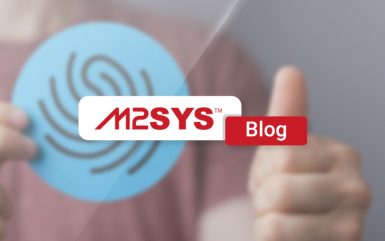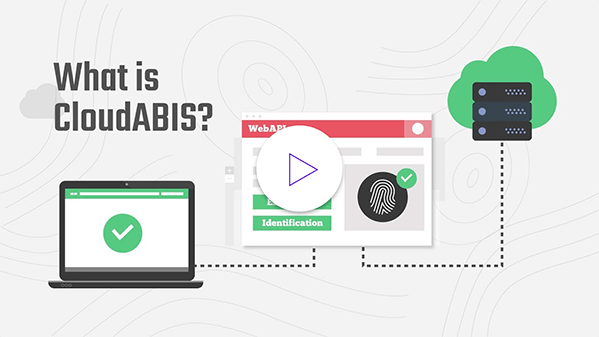Streamlining AI Integration in Mobile Government Portals for Enhanced Data Privacy and Compliance
Over 80% of government data breaches stem from insecure mobile apps. Integrating AI into mobile portals offers promise but also challenges, especially in balancing smart tech with privacy rules. Agencies must prioritize data privacy to maintain public trust and compliance, using tools like M2SYS eGov for secure AI integration.
Scaling AI Border Checkpoint Digitization for Multi-Agency Collaboration and Compliance
Government agencies face challenges in border management due to outdated systems and data silos. Scaling AI border checkpoint digitization offers solutions by enabling real-time data sharing, improving compliance, and reducing wait times. This approach enhances security and operational efficiency across air, land, and sea points.
Eliminating Permit Review Blind Spots with Intelligent Anomaly Detection
Manual permit reviews often miss critical anomalies, leading to costly oversights in urban development. AI permit anomaly detection offers a solution by identifying issues in real-time, reducing errors, and speeding up approvals. This technology enhances infrastructure project management, saving money and maintaining public trust.
A Smarter Way to Modernize Government Health Records: Integration Without Disruption
Fragmented health records contribute to over 250,000 preventable deaths annually in the US. Government health agencies face challenges with siloed systems, leading to inefficiencies and increased costs. Integration without disruption offers a solution, enabling seamless data flow and improved patient care without overhauling existing infrastructure.
Real-Time Incident Data: The New Standard for Law Enforcement Operations
What if law enforcement officers could file incident reports right from…
Modernizing Tax Administration: Why Automation and Real-Time Feedback Are Now Essential
Manual tax processes cost U.S. taxpayers over $10 billion annually due to errors and delays. Automation and real-time feedback are essential to streamline workflows, reduce mistakes, and enhance trust in tax administration. These technologies help agencies overcome challenges, improve efficiency, and meet rising public expectations.
How Agencies Can Implement AI-Enabled Traveler Screening Without Disrupting Travel
What if border agents could spot high-risk travelers in seconds without…
Building Smarter Permit Systems: Predictive AI for Faster, More Accurate Urban Approvals
Outdated permit systems delay over 70% of urban projects, but predictive AI offers a solution. By analyzing data, AI speeds up approvals, ensures compliance, and detects fraud. This technology transforms reactive workflows into proactive ones, enhancing efficiency and citizen satisfaction.
Transforming Global Border Protection with AI: Scalable Surveillance Solutions for Modern Threats
Global border agencies face over 1 billion crossings annually, with evolving threats necessitating smarter tools. AI border security systems offer real-time solutions, integrating advanced technology with existing setups to predict and prevent dangers. These systems adapt to various border types, enhancing efficiency and reducing costs.
AI Chatbot for Government Services: The Future of Secure Workflow Automation
Government agencies face billions in losses due to inefficient manual processes. AI chatbots offer a solution by automating tasks, improving productivity, and ensuring security. These tools integrate with existing systems, reduce administrative burdens, and enhance service delivery, ultimately benefiting both agencies and citizens.
Why Secure Law Operations Are Essential for Federal Agencies in the Age of Cyber Threats
In the digital age, federal agencies face increasing cyber threats that endanger sensitive data. Secure law operations are crucial for protecting public safety, maintaining trust, and ensuring data integrity. By adopting modern systems, agencies can prevent breaches, improve decision-making, and enhance field operations without compromising security.
Solving Government Service Delays With AI: Faster Deployment, Smarter Citizen Engagement
Nearly 70% of citizens express frustration with slow government services due to outdated systems. AI tools offer solutions by automating tasks, reducing manual workloads, and enabling personalized citizen support, thus improving efficiency and engagement in government services.
Categories
- AI in HCM (19)
- AI RevOps Agent (34)
- AI-Tablet For HR (4)
- Biometric Hardware (69)
- Biometric Identification (20)
- Biometric Resources (209)
- Biometric Software (32)
- Biometric Technology (128)
- Border Control (67)
- City & Municipality Management (33)
- e-Governance (155)
- Enterprise AI (2)
- Finger Vein (8)
- Fingerprint (18)
- Gen AI for Government (23)
- Guest Blog Posts (300)
- Jail Management (13)
- Law Enforcement Management (53)
- M2SYS Podcast (3)
- Others (259)
- Patient Identification (47)
- Software Development (8)
- Talent Acquisition (16)
- Time Clock (27)
- Workforce Management (114)















